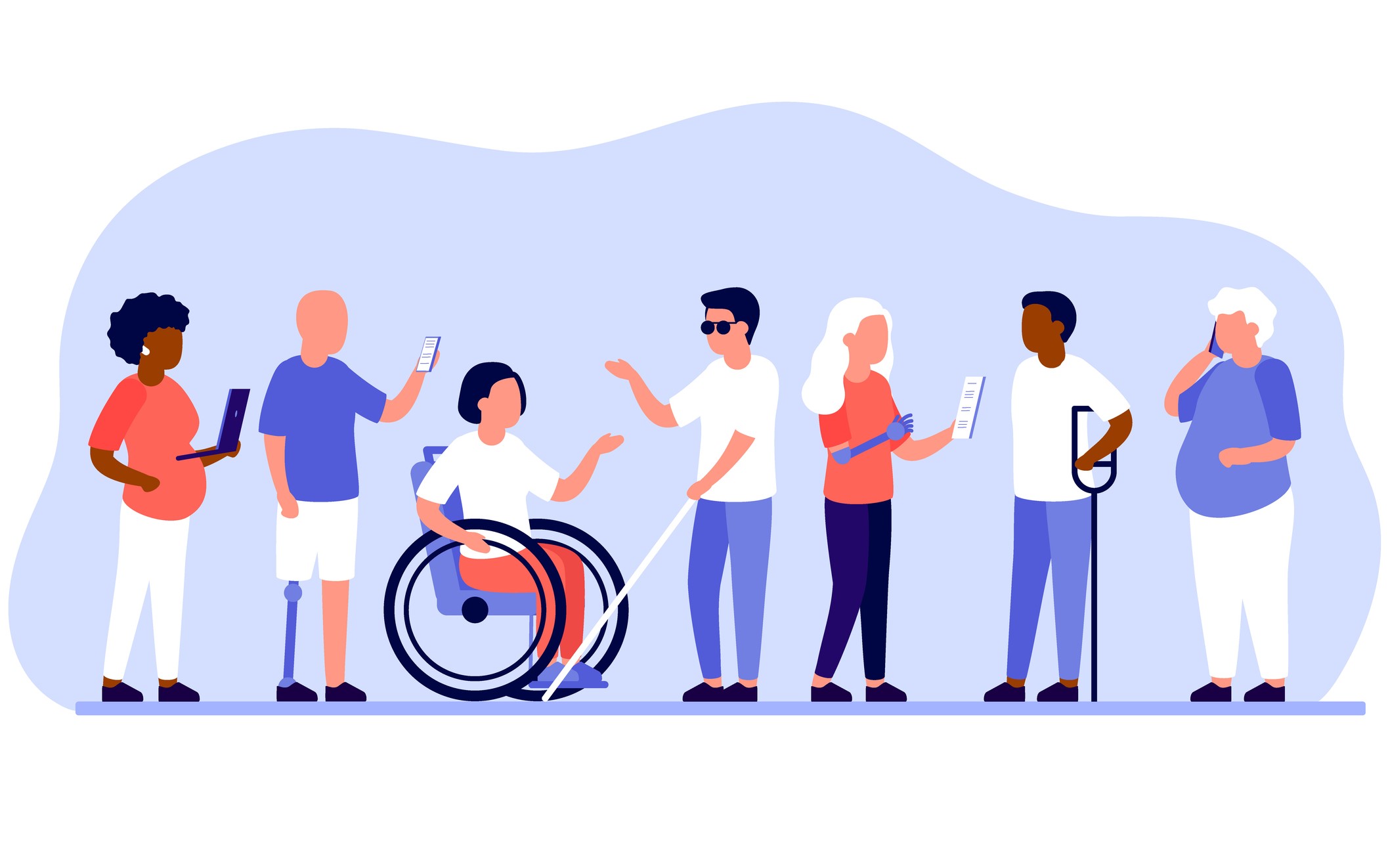The term “last mile” may bring to your mind the supply-chain management of any e-commerce company. This usually talks about proven ways used to handle logistics.
However, whether it is goods or people that move, transportation poses specific concerns, which are known as first and last mile challenges.
For example, let’s look at public transit systems used to reach your office place and return home. The first and last mile here represents the distance you cover between the transit stop and your final (office) destination.
What is the first and last mile challenge?
Public transit local stations stop far from where you are going, and you may not wish to use personal vehicles to travel such long distances. The first mile/last mile problem in the context of passenger travel, i.e., your situation, is the need for a second mode of transportation to reach work and get back.
As in several other countries like Canada, Australia, or New Zealand, most people in the U.S. are not comfortable walking more than ¼ mile. Transit experts and consultants believe that micromobility is the solution that can bridge this symbolic distance.
E-scooters, ride-sharing services, bike rental, and dockless bicycles are well-received across the country. Bird, one such scooter rental service, hit 10 million first-last mile solutions within a year of making its appearance in Southern California.
Commute in comfort with shared mobility
Micromobility in the U.S., with an addressable market of 1.4 trillion miles, contributes to easing the traffic gridlocks by preventing the use of personal vehicles.
These affordable options let you save money on the cost of your car, maintenance, and parking. You will have a quicker and more efficient option than walking a long way or getting stranded far from work or home.
You can improve air quality by reducing commuter-associated pollution as these services emit just 1-2% of carbon emissions from a car.
Besides individuals choosing their solutions to meet the first last mile challenges they face, companies have corporate shuttle services or vanpools for their employees. Some even offer free helmets with connected electric scooters.
The future of transit
While we are now using land-based car and bike sharing or rental services, future innovations may be 3-dimensional. Experts posit that you will witness underground or flying vehicles with smarter designs and smaller sizes that can navigate any lane.
You can also expect to see better and adaptive infrastructure, such as dedicated bike lanes. Public-private partnerships make significant investments to build more sustainable cities. There are substantial environmental benefits in using swappable electric vehicles with no noise and low emissions.
Micromobility comes at much lower costs and more convenience. The in-app technology and electric vehicle-sharing programs increase transportation equity for those that travel to and from urban centers. Employers that make these facilities available can fill the transportation gaps of specific neighborhoods and attract talent pool from such communities.
Micromobility as a service
Give your employees an efficient way of commute to beat their first last mile challenges. We are a global company providing a variety of micromobility services with commuter benefits.
If you want to learn more about commuter benefits, get the 101 guide below:







